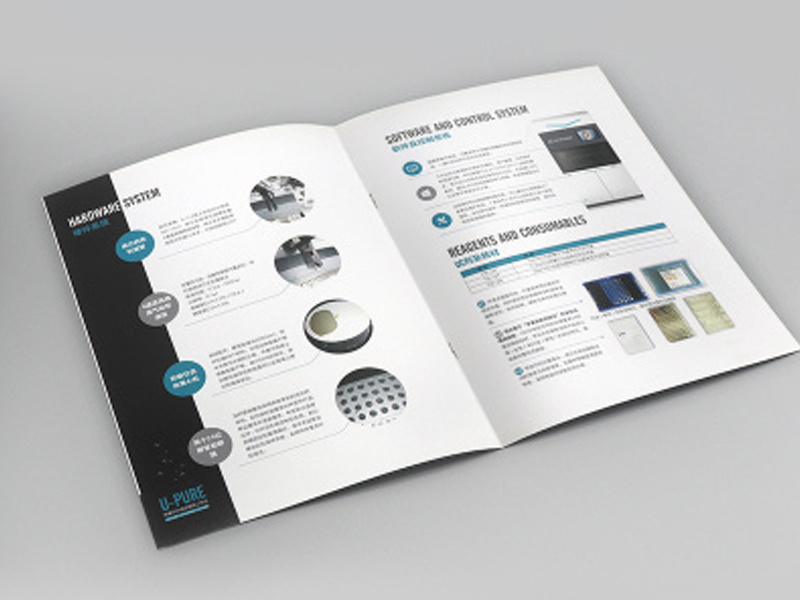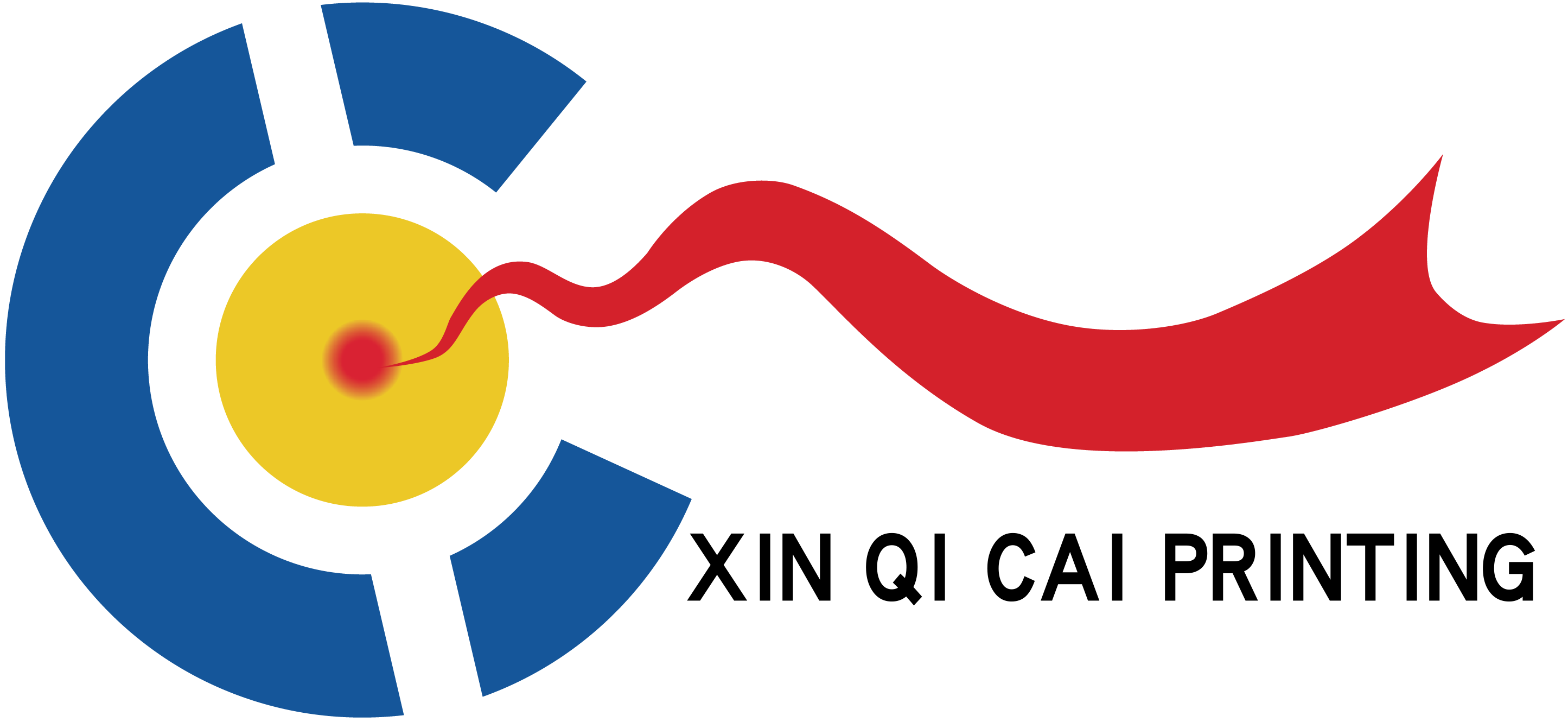Trend in Notebook Development, Intelligent Erasable Technology Enters the Mass Market
Erasable notebooks, with functions such as reusability and cloud synchronization, are rapidly popularizing in office and creative design fields, driving paper stationery from "disposable consumption" to "circular use" and becoming a new symbol of sustainable lifestyles.
Aug 20,2025

Breakthroughs in intelligent erasable technology have freed notebooks from the fate of "disposal after use", becoming new stationery with both environmental attributes and digital convenience, reshaping people's writing habits.
The core of the technology is "erasable medium + digital linkage". Currently, mainstream erasable notebooks adopt two technical paths: one is thermal paper + dedicated pen, which develops color through nib temperature (about 60℃) and fades through friction heating (120℃), with clear handwriting and no residue after erasing, suitable for daily notes; the other is liquid crystal film material, which develops color through pressure sensing (such as writing with nails or hard pen tips) and fades when powered (equipped with a small charging base), flexible and foldable, suitable for creative sketching. Both technologies can be reused over 1000 times, and a single notebook can replace 10 years of traditional notebooks when used 5 pages per week.
Intelligent experience enhances user stickiness. A low-power Bluetooth module is embedded in the edge of the notebook, and written content is synchronized to the mobile APP in real-time through built-in sensors, supporting text recognition (98% accuracy), editing, and sharing, solving the pain point of "difficulty in finding paper notes". Data from a creative team shows that after using erasable notebooks with cloud synchronization, the efficiency of inspiration recording increased by 50%, and file transmission time during team collaboration shortened by 60%.
Optimization of production processes has driven cost reduction. Early erasable notebooks cost over 300 yuan due to expensive liquid crystal film materials, but now through material improvement (such as using PET composite film), the cost has decreased by 60%, with terminal prices dropping to less than 100 yuan, entering the mass consumption range. Meanwhile, the popularization of environmental certifications (such as FSC forest certification and degradable certification) makes consumers more willing to pay for sustainable products, with the market share of erasable notebooks growing at an annual rate of 40%.
In the future, flexible display technology may combine with erasable notebooks to achieve "paper-like touch + color display"; the integration of solar charging modules can solve the power supply problem of liquid crystal models, making intelligent erasable notebooks a standard for office and study.





